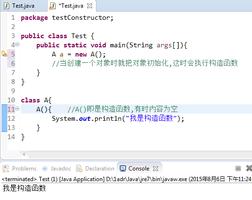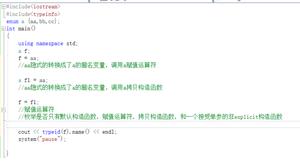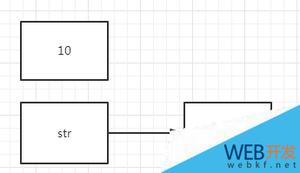特定于模板的构造函数
我正在编写自己的矢量类,并且遇到了问题。 我将我的类定义为模板,我定义了每个矢量大小,并且我想为每个矢量大小指定特定的构造函数。 这里是代码:特定于模板的构造函数
template<int size> ref class Vector
{
internal:
Vector(int _x, int _y, int _z, int _w);
private:
float *m_data = new float[4];
};
和定义是:
using Vector2 = Vector<2>; using Vector3 = Vector<3>;
using Vector4 = Vector<4>;
首先,我能做到这一点?如果答案是肯定的,怎么样?
回答:
如果你想通用接口,定义构造函数有4个参数,并专注了。在内部,仅初始化这些成员,这是有效的,这种规模的载体:
template <> Vector<1>::Vector(int _x, int _y, int _z, int _w)
: x(_x) //1D vector has only 'x'
{
}
template <>
Vector<2>::Vector(int _x, int _y, int _z, int _w)
: x(_x)
, y(_y) //2D vector has 'x' and 'y'
{
}
等。但是这是丑陋的,迫使你你做一些事情“共同”,例如,你将持有甚至4组件2D vector 。有解决方法(用作成员变量的模板化结构,专门针对每个大小的向量),但这非常复杂。由于不同大小的矢量实际上不同类型,我会去满级的专业化:
template<int size> class Vector;
template<>
class Vector<1>
{
protected:
int x;
public:
Vector(int _x)
: x(_x)
{ }
//other members
};
template<>
class Vector<2>
{
protected:
int x, y;
public:
Vector(int _x, int _y)
: x(_x)
, y(_y)
{ }
//other members
};
然后你就可以使用这种方式:
Vector<1> v_1(2); Vector<2> v_2(4, 6);
//etc...
此外,第二个解决方案将允许客户端你的矢量实例化它只为那些size s,你明确允许。
回答:
如果你真的想为每个模板实例不同的行为,你可以做到这一点,像这样:
//specific version for when 0 is passed as the template argument template<>
Vector<0>::Vector (int _x, int _y, int _z, int _w)
{
//some Vector<0> related stuff
}
//Vector<1> will use the default version
//specific version for when 2 is passed as the template argument
template<>
Vector<2>::Vector (int _x, int _y, int _z, int _w)
{
//some Vector<2> related stuff
}
回答:
用C++ 11,你可以这样做:
template<int size> class Vector
{
public:
template <typename ...Ts,
typename = typename std::enable_if<size == sizeof...(Ts)>::type>
explicit Vector(Ts... args) : m_data{static_cast<float>(args)...} {}
private:
float m_data[size];
};
using Vector2 = Vector<2>;
using Vector3 = Vector<3>;
using Vector4 = Vector<4>;
int main()
{
Vector2 v2(42, 5);
Vector3 v3(42, 5, 3);
Vector4 v4(42, 5, 51, 69);
}
以上是 特定于模板的构造函数 的全部内容, 来源链接: utcz.com/qa/265114.html








